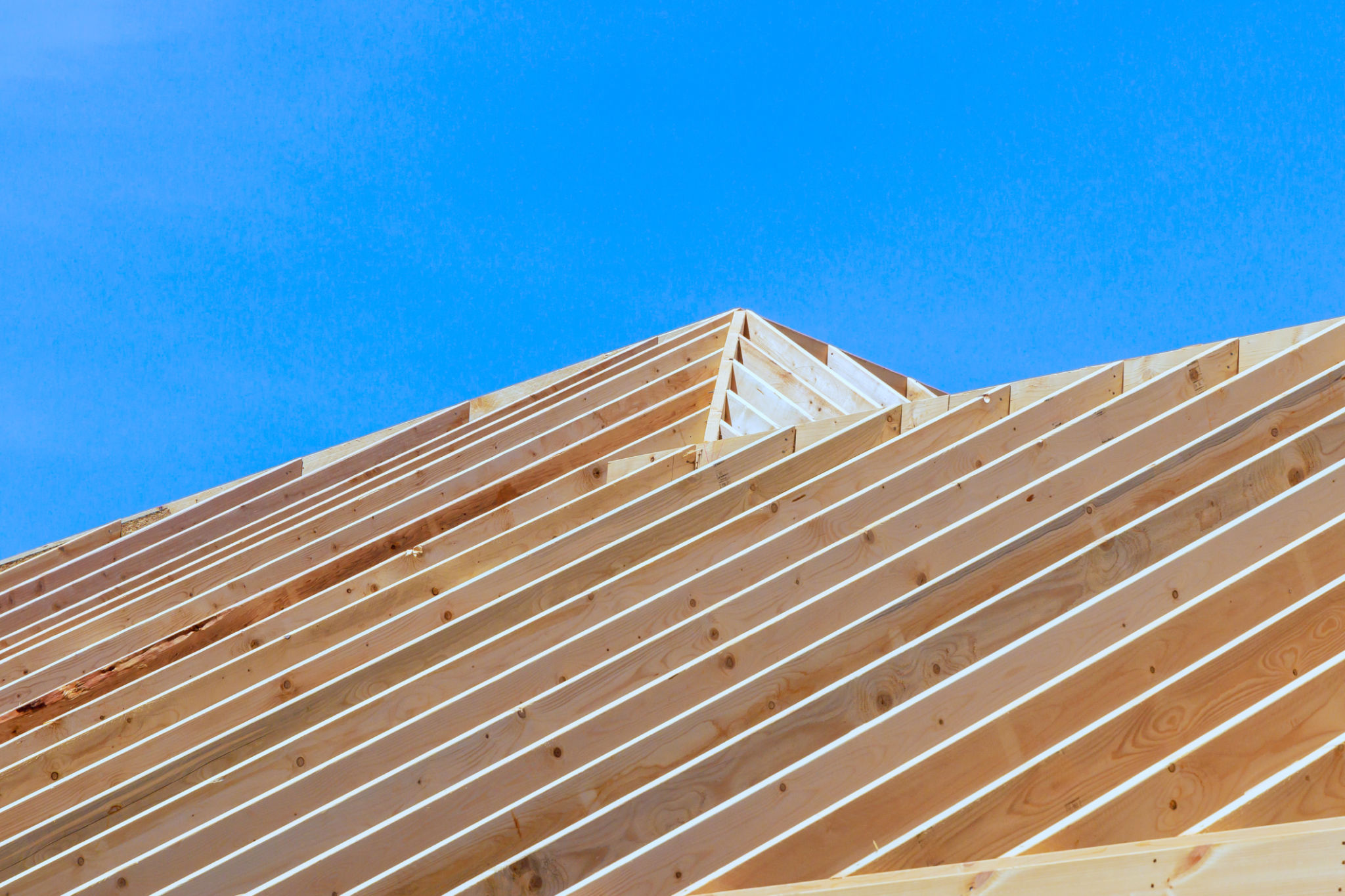Common Misconceptions About Residential Truss Designs in Maine
Understanding Residential Truss Designs
When it comes to residential construction, truss designs play a crucial role in the structural integrity and aesthetic appeal of a home. However, there are several common misconceptions that often lead to misunderstandings about their functionality and design. In Maine, where weather conditions can be harsh, understanding these misconceptions is vital for homeowners and builders alike.
Trusses are often misunderstood to be a one-size-fits-all solution, but this is far from the truth. Each truss is specifically engineered for the individual home it will support. This means that even small changes to a building's design can necessitate a completely different truss system.

Myth: Trusses Are Only for Large Homes
A prevalent misconception is that trusses are only suitable for large homes. While it is true that trusses are commonly used in larger constructions due to their ability to span greater distances without internal support, they are equally beneficial for smaller homes. In fact, using trusses can make smaller homes more cost-effective by reducing the amount of material needed and speeding up construction time.
Smaller homes can also benefit from the aesthetic flexibility that trusses provide. By allowing for open floor plans and vaulted ceilings, trusses can transform the look and feel of a compact space, giving it a more spacious and airy appearance.
Myth: Trusses Are Less Durable Than Traditional Framing
Another common misconception is that trusses are less durable than traditional stick framing. In reality, trusses are engineered to be incredibly strong and durable. The triangular design of a truss distributes weight evenly across the structure, providing superior strength compared to conventional framing methods.

In Maine, where heavy snow loads and strong winds are common, using well-designed trusses can actually enhance the durability of a home. Trusses are specifically engineered to withstand these elements, ensuring the safety and longevity of the structure.
Myth: Trusses Limit Architectural Design
Many people believe that using trusses limits architectural creativity. This couldn't be further from the truth. Trusses can be customized to fit virtually any design or style preference. From creating dramatic vaulted ceilings to supporting complex rooflines, trusses offer a wide range of architectural possibilities.
The flexibility of truss designs allows architects and builders to experiment with different shapes and configurations, ensuring that the aesthetic vision for a home is not compromised by structural constraints.

Conclusion
Understanding the realities of residential truss designs can help dispel common myths and misconceptions. By recognizing the strength, versatility, and cost-effectiveness of trusses, homeowners and builders in Maine can make informed decisions about their construction projects. Whether building a small cottage or a large family home, trusses offer numerous benefits that make them an excellent choice for any residential construction.
